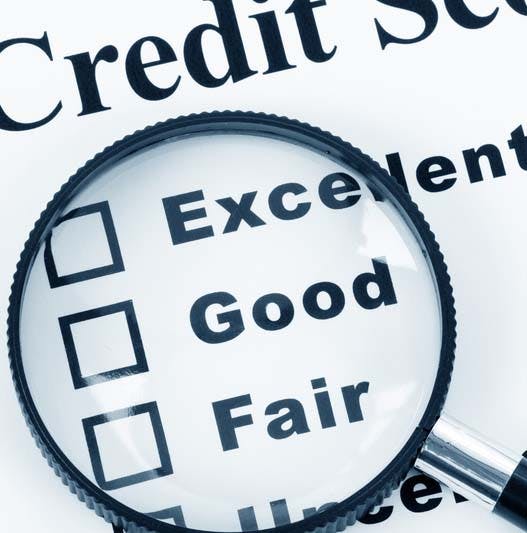Home buyers with good credit have an easier time qualifying for mortgage loans, and they usually end up with better interest rates as well. But many people find that their credit scores are too low to enjoy these benefits. Not to worry. There are certain steps you can take to improve your credit situation. This article explains how to improve your score as quickly as possible, by focusing on the areas that matter most.
With that in mind, let’s talk about the different things that influence your credit score. There are several categories of data that determine your overall score. This data comes directly from your credit reports that are maintained by the reporting agencies, TransUnion and Equifax.
Here are the five factors that influence your credit score. The percentage beside each item shows how much it counts toward your total score.
1. Payment History: 35%
2. Amounts Owed: 30%
3. Length of Credit History: 15%
4. New Credit: 10%
5. Types of Credit Used: 10%
If you want to improve your score quickly, you need to focus your attention on the first two items on the list, primarily. You have the most control over these two items, and they count the most toward your credit score. So that’s where you should start. Let’s talk about “payment history” and “amounts owed” in more detail.
Payment History — 35% of Your Score
This category refers to your history of making payments, and it influences your score more than any other factor. So if you want to fix your credit quickly, you need to understand this concept.
Your payment history includes just about every type of bill you can think of — credit cards, mortgage payments, student loan payments, etc. If you get behind on these payments (and the delinquency gets reported to the credit agencies), it’s going to hurt your score. So pay all of your bills on time! This is the most important part of any credit-improvement strategy.
Amounts Owed — 30% of Your Score
This category relates to the amount of available credit you’re currently using. It takes into account all lines of credit that you currently hold. You’ll often hear the term “utilization ratio” used to describe this, which is simply a comparison between the amount of credit you have available to you (i.e., your limits), and how much you are currently utilizing.
When it comes to utilization ratios, a lower number is better. If you are using 90% of your available limit (i.e., you are nearly maxed out on credit cards), it shows that you cannot manage your finances properly and rely too much on credit. This will have a negative impact on your credit score. On the contrary, if you are only using a small percentage of your available credit line, it shows that you are a responsible credit user. This will help to improve your score, especially if you also have a history of timely payments.
So let’s get back to the idea of fixing your credit as quickly as possible. If you put together what we have learned so far, you can see it makes a lot of sense to (A) pay your bills on time and (B) keep your credit balances low. These two things combined could help you improve your score quickly and considerably.


